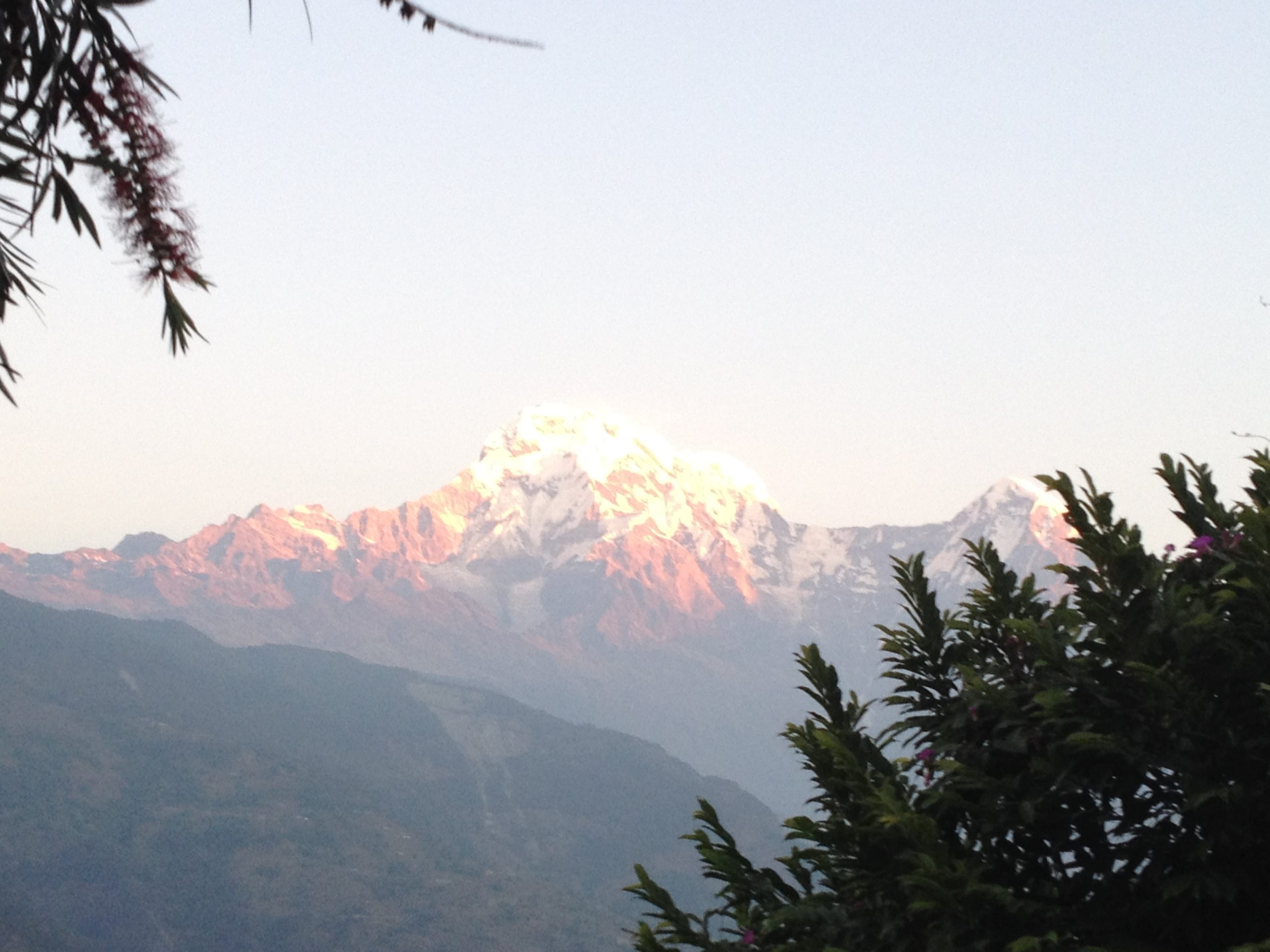
Invincible => invulnerable => indestructible => shatterproof => impregnable => indomitable => that cannot be subdued or overcome.
Horseshoe crabs have a long, tube-like heart that runs the length of their body (not the tail). It beats about 32 times per minute, pumping the horseshoe crab’s blue blood through arteries and out into the rest of the crab’s body. It has eight pairs of slit-like openings, or ostia, each opening having two valves through which the blood enters the heart from the pericardial chamber. The blood is pumped forward and escapes through three pairs of aortae, one pair of cerebral arteries, and a frontal artery. It’s copper-based blue blood contains a substance called “Limulus Amebocyte Lysate”, or “LAL”.
The pharmaceutical industry uses the LAL in horseshoe crab blood to test for microbial contaminants and toxins in anything that might end up inside of a person’s body, like food. Since we’re heading into the thanking and grateful season, I’m writing this prose poem as a homage to the humble horseshoe crab, who unknowingly gives up it life force to protect us big guys.
Approximately 500,000 Limulus, the scientific genus affectionately used by medical researchers, are harvested annually for this purpose. Up to 30% of an individual horseshoe crab’s blood is removed, according to biomedical industry sources, without killing the creature. The horseshoe crab then spends between one and three days away from the ocean before being returned.
Horseshoe crabs, dubbed “living fossils”, since they’ve existed nearly unchanged for at least 445 million years. Their time span beats out when dinosaurs existed on the planet. Horseshoe crabs are not actually crabs, however.They’re more closely related to spiders and other arachnids than they are to crabs or lobsters. Four species of horseshoe crabs exist today. Only one species, Limulus polyphemus, lives in North America along the Atlantic and Gulf coasts, limulating gray-green from Maine to Mexico. The other three species swim the sands of Southeast Asia.
Tip from a field scientist: “Never pick up a horseshoe crab by its tail, as it can harm the animal. Instead, gently pick it up by both sides of the prosoma using both hands.”
Namaste to these kind, sharing, lovely creatures and the care they give to us.
